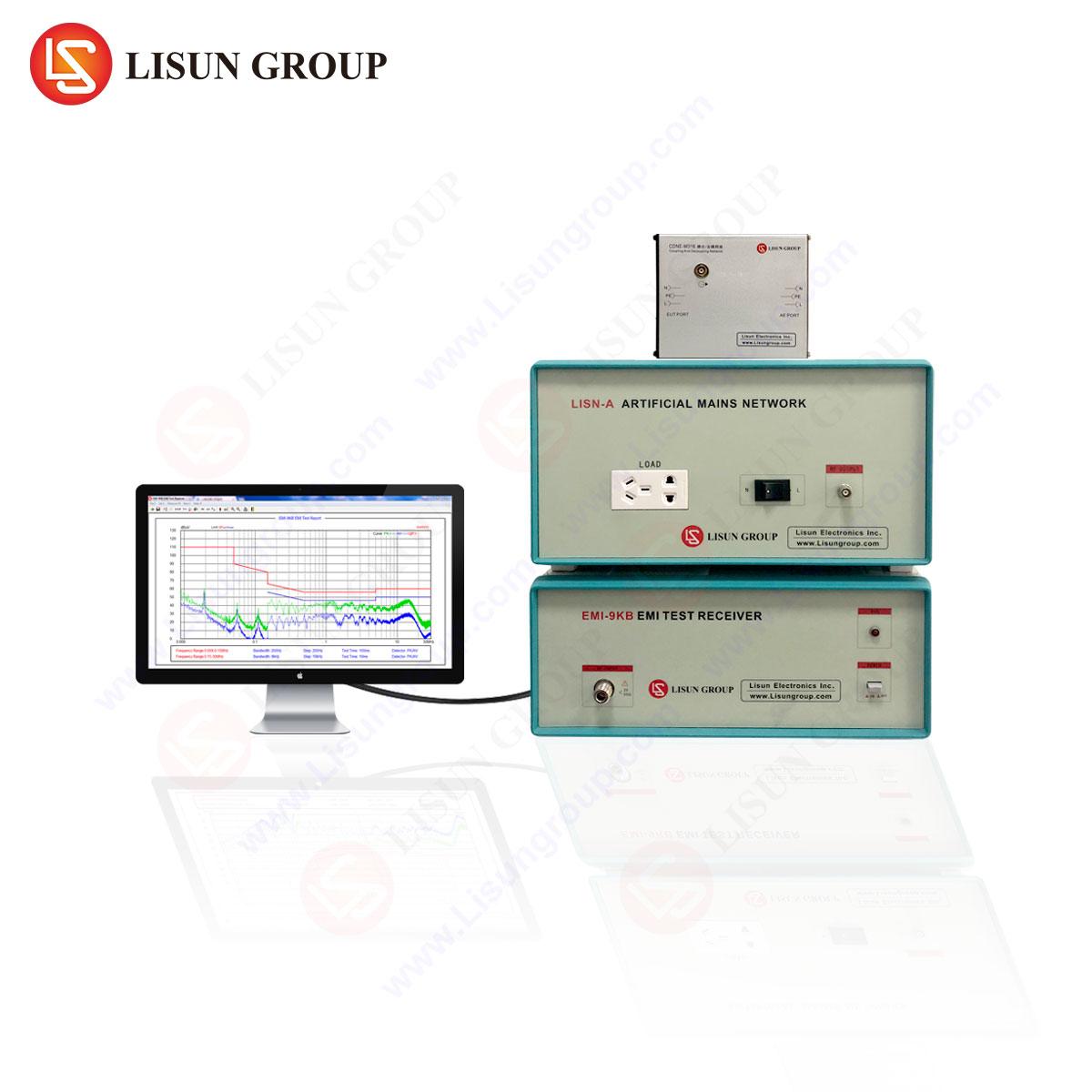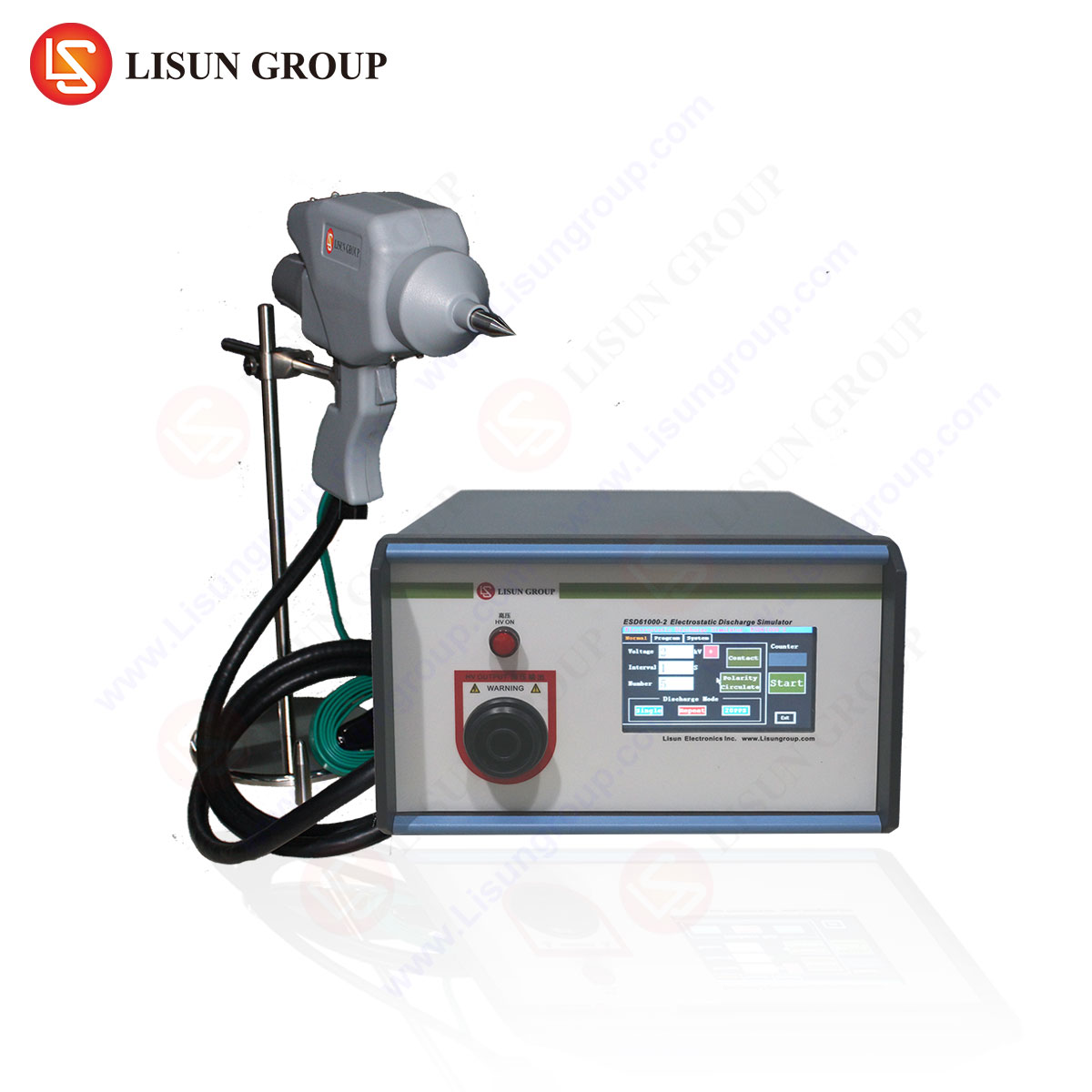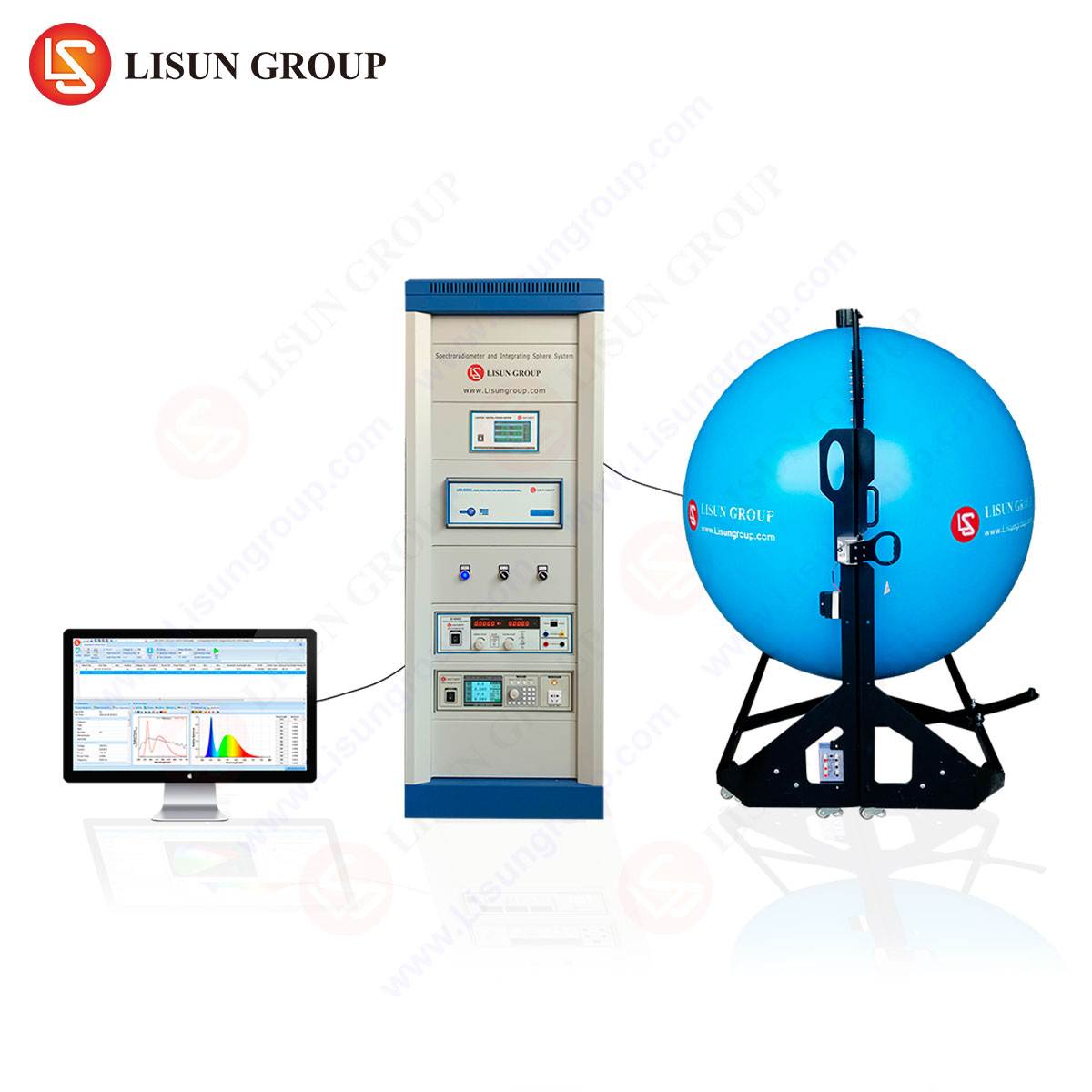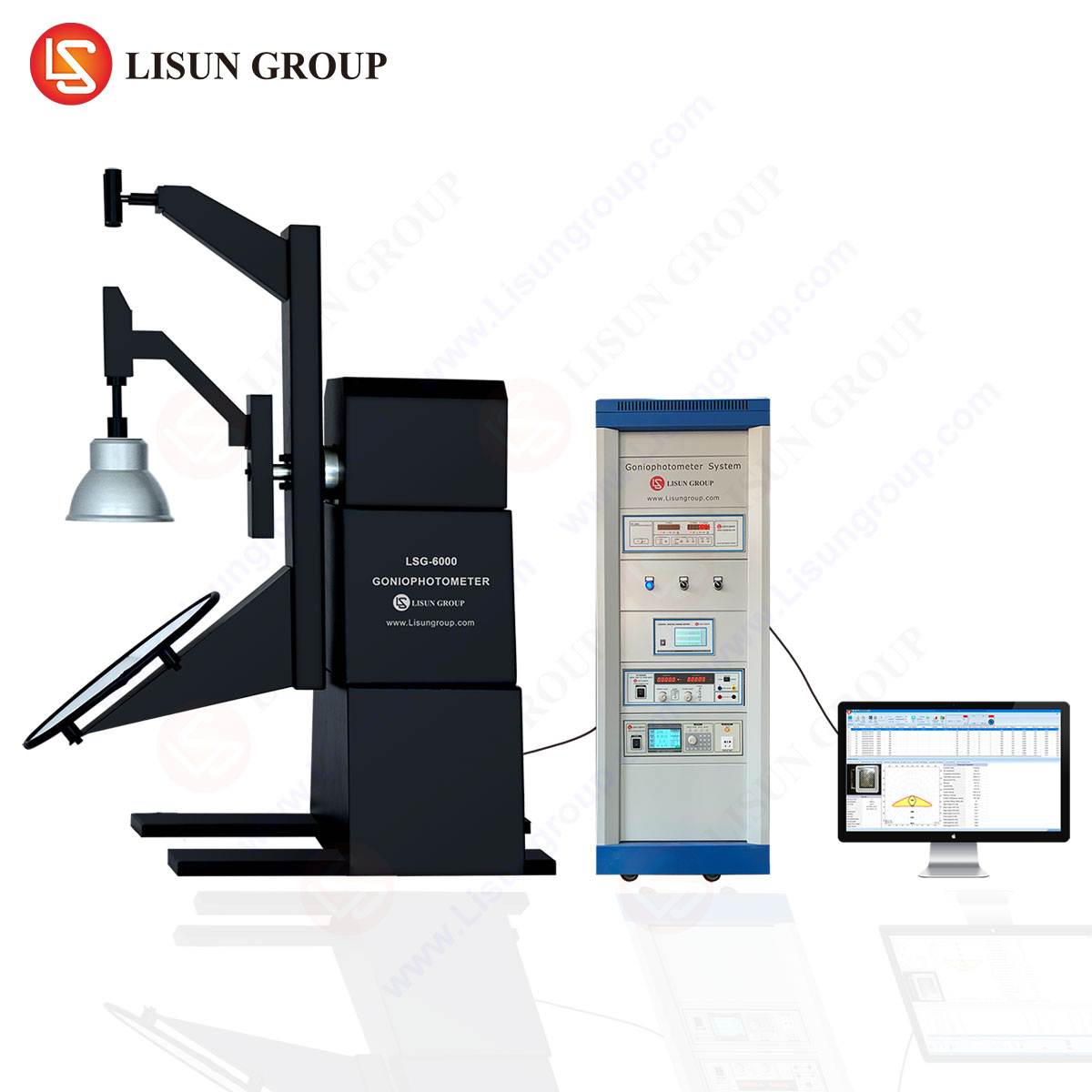Spectrometers are critical instruments in industries requiring precise spectral analysis, including LED manufacturing, automotive lighting, aerospace, and medical equipment testing. This technical comparison evaluates the LISUN LMS-6000 series (with a focus on the LMS-6000UV) against Sekonic spectrometers, analyzing their design, accuracy, compliance with international standards, and suitability for specialized applications.
The LISUN LMS-6000UV spectrometer is engineered for high-resolution spectral analysis, with a wavelength range of 200–800 nm, making it particularly suitable for UV-sensitive applications such as medical UV sterilization equipment testing and aerospace lighting validation. Its 0.1 nm wavelength resolution ensures precise spectral power distribution (SPD) measurements, critical for LED and OLED manufacturing quality control.
Sekonic spectrometers, such as the CL-500A, offer a comparable wavelength range (380–780 nm) but lack extended UV sensitivity, limiting their utility in industries requiring ultraviolet spectrum validation. Both devices support CIE 1931/1976 color space calculations, but the LMS-6000UV provides additional UV-A and UV-B band analysis, a decisive advantage for photobiological safety testing.
The LMS-6000UV employs a high-precision concave grating monochromator paired with a scientific-grade CCD array, minimizing stray light interference and ensuring repeatability within ±0.3 nm wavelength accuracy. This design adheres to CIE S 025/E:2015 and IES LM-79-19 standards, making it ideal for regulatory compliance in automotive and aviation lighting.
Sekonic spectrometers utilize a diffraction grating system with a silicon photodiode detector, achieving ±0.5 nm wavelength accuracy. While sufficient for general colorimetry, this configuration exhibits higher susceptibility to ambient light interference, requiring controlled environments for laboratory-grade precision.
The LMS-6000UV supports ANSI C78.377 and IEC 62471 photobiological safety testing, essential for high-power LED validation. Sekonic devices are commonly used for basic chromaticity checks but lack the extended spectral range needed for full-spectrum LED reliability testing.
In SAE J578 and FAA AC 150/5345-46E compliance testing, the LMS-6000UV’s UV and IR measurement capabilities enable comprehensive analysis of headlamps and runway lighting. Sekonic spectrometers, while suitable for visible light testing, do not cover these extended spectral requirements.
For UV-C germicidal lamp validation (ISO 15858) and solar cell efficiency testing (IEC 60904), the LMS-6000UV’s sub-400 nm sensitivity is indispensable. Sekonic’s limitation to visible light restricts its applicability in these fields.
For industries requiring full-spectrum analysis, including UV and IR measurements, the LISUN LMS-6000UV provides superior technical capabilities over Sekonic’s visible-light spectrometers. While Sekonic devices are suitable for general colorimetry, the LMS-6000UV’s precision, extended range, and compliance with stringent standards make it the preferred choice for high-stakes environments such as aerospace, medical, and advanced LED manufacturing.
Q1: What industries benefit most from the LMS-6000UV’s UV measurement capabilities?
A1: Medical UV sterilization, aerospace lighting, and photovoltaic cell efficiency testing require UV spectrum validation, where the LMS-6000UV excels.
Q2: How does the LMS-6000UV ensure compliance with FAA lighting standards?
A2: Its 200–800 nm range and CIE S 025 alignment allow precise measurement of aviation-specific chromaticity and intensity requirements.
Q3: Can the LMS-6000UV be used for OLED display testing?
A3: Yes, its 0.1 nm resolution ensures accurate SPD and color uniformity analysis, critical for OLED QA.
Q4: What is the typical integration time for high-speed spectral analysis?
A4: The LMS-6000UV supports 10 ms minimum integration, enabling rapid data capture for dynamic lighting tests.
Q5: Does the LMS-6000UV support automated testing workflows?
A5: Yes, it includes LabVIEW and MATLAB API support for integration into automated industrial test systems.







